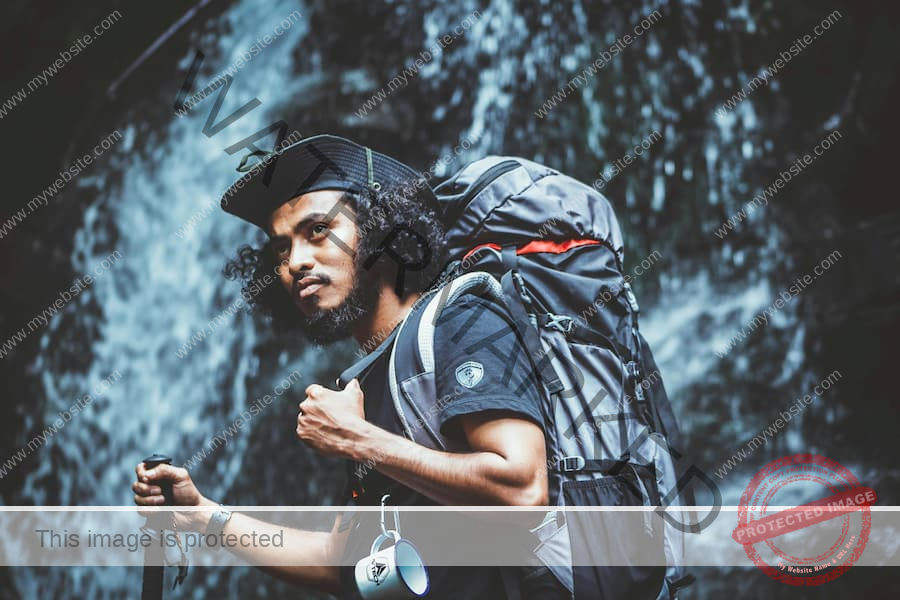Hiking, although generally thought of as a recreational activity, calls upon a series of tactical abilities in the effort to stay safe, productive, and overall pleasant. Trails are capricious, conditions change quickly, and the margin for error diminishes with more complex terrain. Whether tackling challenging backcountry or wandering into deep woods, hiking can greatly reward individuals who learn some tactics and habits. This article explains five tactical abilities every hiker needs to learn in order to become better prepared and more confident while hiking.
Mastering Navigation and Map Reading
One of the fundamental abilities every hiker needs to master is how to read topographic maps correctly and use a compass. Both are far more reliable than GPS technology, especially in the wilderness where there is no signal reach. Understanding contour lines, elevation changes, and prominent terrain features allows hikers to route plan effectively and anticipate obstacles. Incorporating navigation practice into training hikes can refine spatial awareness and direction, reducing the necessity for technology. Combined with observational skills, proper map reading ensures direction and intention remain accessible even if trails disappear.
Emergency Response and First Aid Awareness
Accidents and unexpected situations call for quick thinking and calm action. Tactical backpackers require fundamental first aid knowledge, including managing blisters, sprains, and hypothermia. Knowing how to create a splint out of improvised materials or build a shelter with natural materials is a lifesaver in the wilderness. Knowing how to spot environmental dangers such as onset of dehydration, altitude sickness, or presence of animals allows hikers to prepare and respond. Carrying a compact first aid kit tailored to the environment and weather, and maintaining current wilderness education, increases safety and self-reliance.
Tool Selection and Tactical Equipment Use
Having a backpack and bottle of water does not constitute being properly equipped. Tactical hikers use small, multi-tool items to reduce weight while carrying as much functional gear as possible. A headlamp, fire starter, paracord, and whistle are the essentials. One vital recommendation is to invest in a durable pocket knife to handle a wide range of survival tasks, from cutting rope to preparing food or constructing shelter. With existing technology like GPS beacons and solar chargers, these also provide invaluable assistance without undue bulk. The objective is to find a balance between readiness and mobility and only have tools that can perform multiple services efficiently.
Choosing and Layering Practical Clothing
Proper clothing has a great impact on safety and performance. Tactical hikers enjoy the value placed on layering in order to adapt to changing weather conditions. The base layer should evaporate moisture from the skin, the mid layer offers cold insulation, and the outer layer protects from wind and rain. Cotton is not acceptable because it traps water. Clothing should also allow for complete mobility and feature reinforced seams or ripstop fabric in wear areas. Gaiters, gloves, and moisture-resistant socks add extra protection in harsh conditions, promoting comfort and prevention of injuries.
Mental Preparation and Situational Awareness
Tactical hiking is as much of a mental activity as a physical activity. Awareness of the situation means constantly being aware of the surroundings, noticing trail blazes, changes in weather, and animals migrating. Hikers must cultivate a frame of mind of being observant, plans readily adjusting when faced with challenges. Mental resilience, guided by experience and thoughtful planning, reduces panic at the time of crisis and allows good choice-making under stress. Developing this consciousness not only enables the hiker to react well but anticipate issues before they turn dangerous.
Conclusion
In conclusion, tactical expertise enables hikers to rise above simple trail-walking and become free-thinking explorers capable of handling anything. From selecting proper gear to staying ready mentally, each ability makes the experience safe and enjoyable. For those who desire to bring their outdoor escapades to a new level, crafting these five tactical skills is a logical move toward mastery.
Visit Hooyam for more informative blogs.















